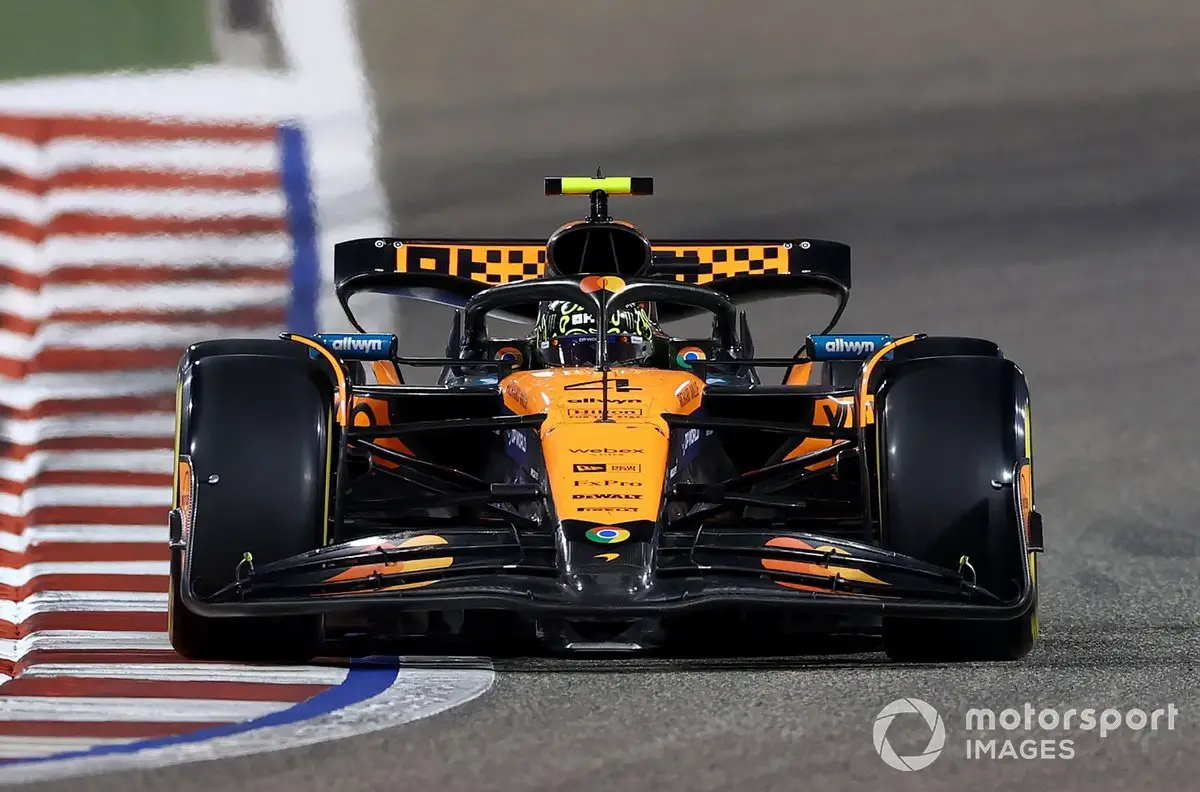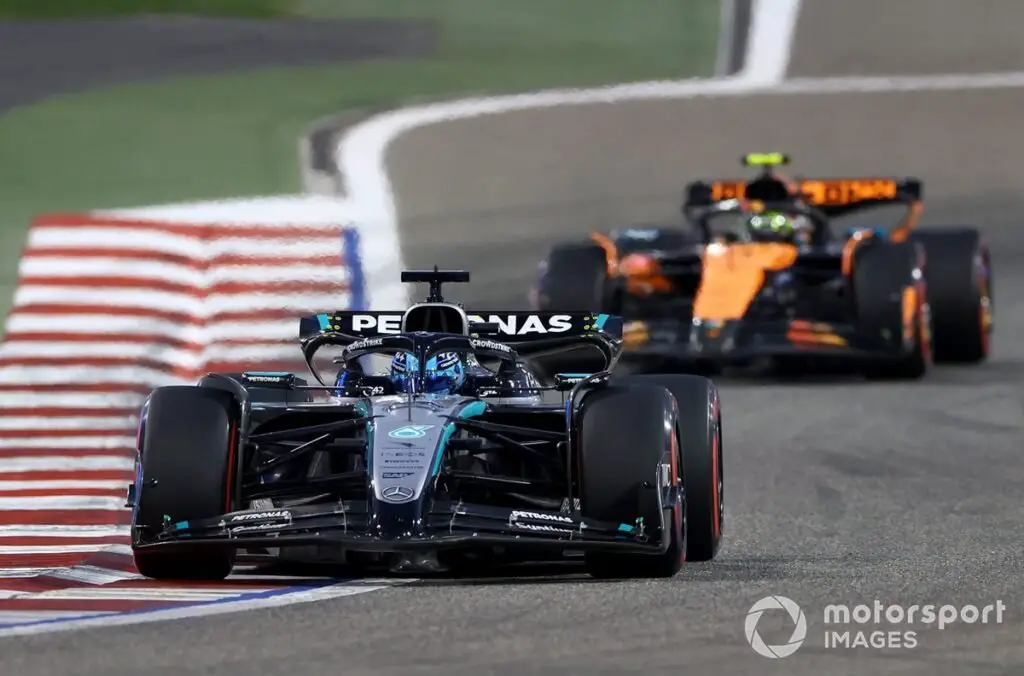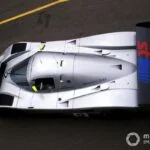The Tumultuous 2025 Bahrain Grand Prix: More Than Just a Spectacle
The 2025 Bahrain Grand Prix was not just an exciting race to watch, but it also presented a series of technical challenges that added to the thrill. After the relatively slower Japanese Grand Prix, the Bahrain race offered a refreshing change with teams employing diverse strategies, making it a must-watch event. However, broadcast issues marred Sunday’s spectacle, causing distress among viewers.
The Role of Transponders in Formula 1 Racing
One such issue that affected the race results was a transponder malfunction experienced by George Russell. As he chased after race leader Oscar Piastri in a bid for his first win since the 2024 Las Vegas Grand Prix, his position on the timing board suddenly plummeted to last place. This left many viewers wondering if Russell had veered off-track during his defense against Lando Norris from McLaren.
In reality, a transponder malfunction caused the entire timing system to become unreliable. Transponders are devices fitted to each car that receive and transmit radio signals. They are placed on the front axle of the car, with a backup usually found in the cockpit’s right side. When the transponder crosses specific grooves in the track, Formula 1 is able to track the timing, position, and comparison of cars on the track.
These grooves in the track function as checkpoints or timing loops, consisting of highly protected wires that can log individual frequencies from each transponder. This data is then sent to various places, including the timing board for broadcast via the broadcast center. An official timing system runs parallel to the one used for the television feed, and there are also several backups available, such as infrared tracking or video cameras if all else fails.
Russell’s Technical Woes
Russell faced a series of technical issues throughout the race, with the transponder malfunction being just one part of a cascade of electrical failures. “It was a really challenging race,” Russell admitted to Sky Sports F1 following his Bahrain campaign. “We had all sorts of problems in the last 12 laps.
Among these issues were a brake-by-wire failure, where hitting the brakes would cause them to go all the way to the floor. Russell had to perform resets, but the problem persisted. For ten consecutive laps, he struggled with uncertainty about whether his brakes would hold or fail, compromising his race performance.

The FIA’s Intervention
The FIA acknowledged the issue with the timing loop and authorized manual activation of the DRS in accordance with Article 22.1 h). This was due to Russell’s brake-by-wire issue and other electronic problems he faced during the race. However, an accidental activation of the DRS occurred on the straight between turns 10 and 11 while Russell was trying to radio his team using a backup button that also served as a manual DRS activation button.
Despite this technical breach, the Stewards decided not to impose a penalty since no sporting advantage was gained. Norris was also affected by the malfunction, with his car failing to automatically recognize when it was within DRS range.
F1 is a complex sport, and with complexity comes the risk of failure. Fortunately, the systems were back online before long, allowing fans to enjoy the brilliant race.







